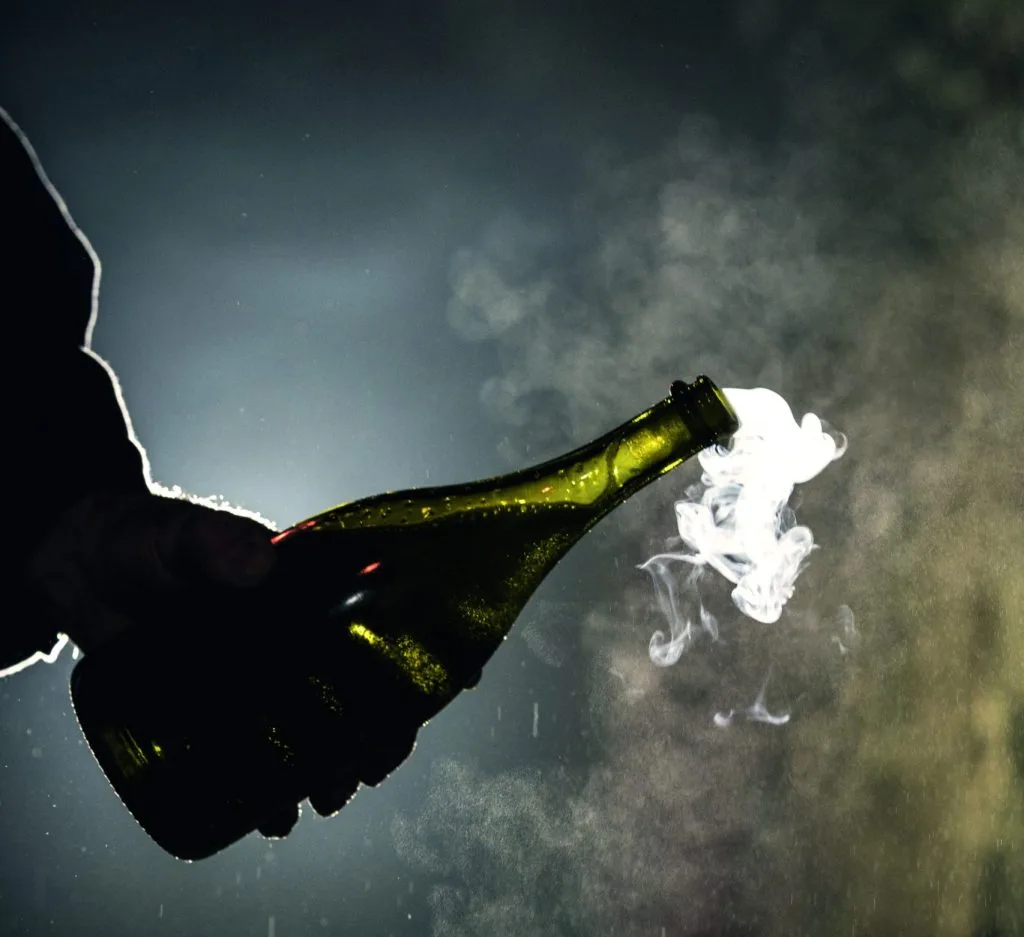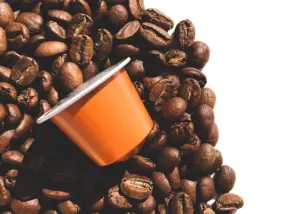Chef de cave Vincent Chaperon is overseeing a radical change at Dom Pérignon and its production model. Giles Fallowfield speaks to him about the warming climate and extreme weather of recent harvests. The 2015 vintage of Dom Pérignon was the hottest vintage in Champagne since records began (even eclipsing 1976 and 2003 harvests) and also one of the driest, with virtually no rain between May and mid-August. Among the current challenges, selecting the precise picking date for individual plots in the grand and premier cru villages has become of paramount importance in Chaperon’s fight to preserve the complex style of Dom Pérignon wines. In particular their longevity, so the programme of making long-lived, slowly-evolving Champagnes of the highest quality for later P2 and P3 releases can be maintained. Speaking at the launch, Chaperon said that as a result of the drought like conditions, soils performed very differently over the vineyard, depending on how well they retained moisture. Pinot Noir He gave the example of Pinot Noir in the Aÿ grand cru lieu-dit of La Côte in the vineyard just above the village cemetery where Dom Pérignon has a 10-hectare south-facing plot that sits directly on chalk. He said: “Here where it was very hot and dry, the vines were suffering in 2015 and not ripening properly producing some vegetal notes and harsh tannins. While our north-east and eastern facing plots in Verzy and Verzenay on the north side of the Montagne with more grass and vegetation [between the vine rows] preserved
This Article was originally published on The Drink Business - Fine Wine






